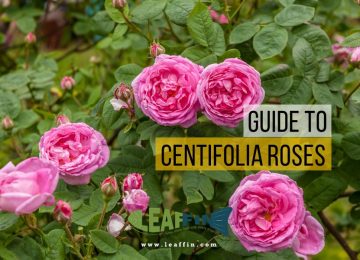The Wax plant also known as Hoya carnosa is a traditional houseplant loved for its hanging clusters of waxy, star-shaped flowers. Each bud opens to reveal velvety pinkish-white petals with a miniature red star in the center, so perfect as to appear artificial. But despite its exotic beauty, wax plant is not for everyone.
Facts
| Common Names | Wax Plant, Porcelain Flower, Honey Plant |
| Botanical Name | Hoya Carnosa |
| Numbers of Varieties | 200-300 |
| Family | Apocynaceae |
| Biological Life Cycle | perennial |
| Foliage | Evergreen |
| Mature Size | Tendrils grow 12-20 feet |
| Time to maturity | 4-8 growing seasons |
| Origin | Asia, Australia, Southern India |
| Light conditions | Bright, indirect light |
| Soil type | well-drained, aerated |
| Soil pH | 6.1 to 6.5 pH |
| USDA Zone | 8-11 |
| Toxicity | non-toxic to both humans and plants |
Hoya Carnosa care
Don’t choose Hoya carnosa if you want instant gratification. It requires great patience, usually taking many years with nothing but leafy, vegetative growth before producing its first flowers. But once it finally begins flowering, your wax plant should bloom reliably annually. under excellent growing conditions, it might bloom twice a year.
Growing a wax plant is easy. Its vining stems may be allowed to trail from a hanging container, or trained upwards on strings or a wire hoop, pushed into the soil. Give it an abundance of sunlight — a west or south-facing window works best — if you want it to bloom well eventually.
Never trim back the long vines, though, even though they’re not particularly attractive. Short flowering stems, called spurs, grow from the youngest, leafless portions of each vine. A new set of flower buds forms each year on the same spurs. By removing them you eliminate the potential for future flowering in those locations.
Don’t pick faded flowers off, either. Instead, let spent blooms fall of their own accord to avoid risking injury to the spurs. (You might want to set something beneath the plant to collect those fallen blooms; they’re usually sticky with sweet nectar.)
Hoya Carnosa Watering
Always water wax plant thoroughly, using room temperature or tepid (not icy) water. Drain extra water and allow the soil to get dry before you water it again. The leathery, succulent, and thick leaves of Hoya carnosa allow it to survive a long time without water, especially indoors in winter.
Its root system is rather modest in size, so you can keep your wax plant in the same container several years before moving it to roomier accommodations. A larger volume of soil will stay moist longer when you water it, so never transplant Hoya from a small container to one much larger. Instead, move it up in incremental steps. Fertilize the wax plant sparingly when you see spurts of new growth developing.
Hoya Plant Benefits
Hoya flowers fascinate, not only because of their unique appearance but also their heavy, sweet “tropical” fragrance, so noticeable at night. In its native habitat, Hoya blossoms are pollinated by night-flying insects. Though the chances of those insects living in your home are slim to none, your wax plant will continue to behave just as it’s been “programmed” through the ages, despite the change in living circumstances.
And there you have it; Hoya carnosa, a fascinating houseplant with fragrant flowers that will bloom for a lifetime….if you’re patient enough to stick with it the first six or eight years with little reward.


